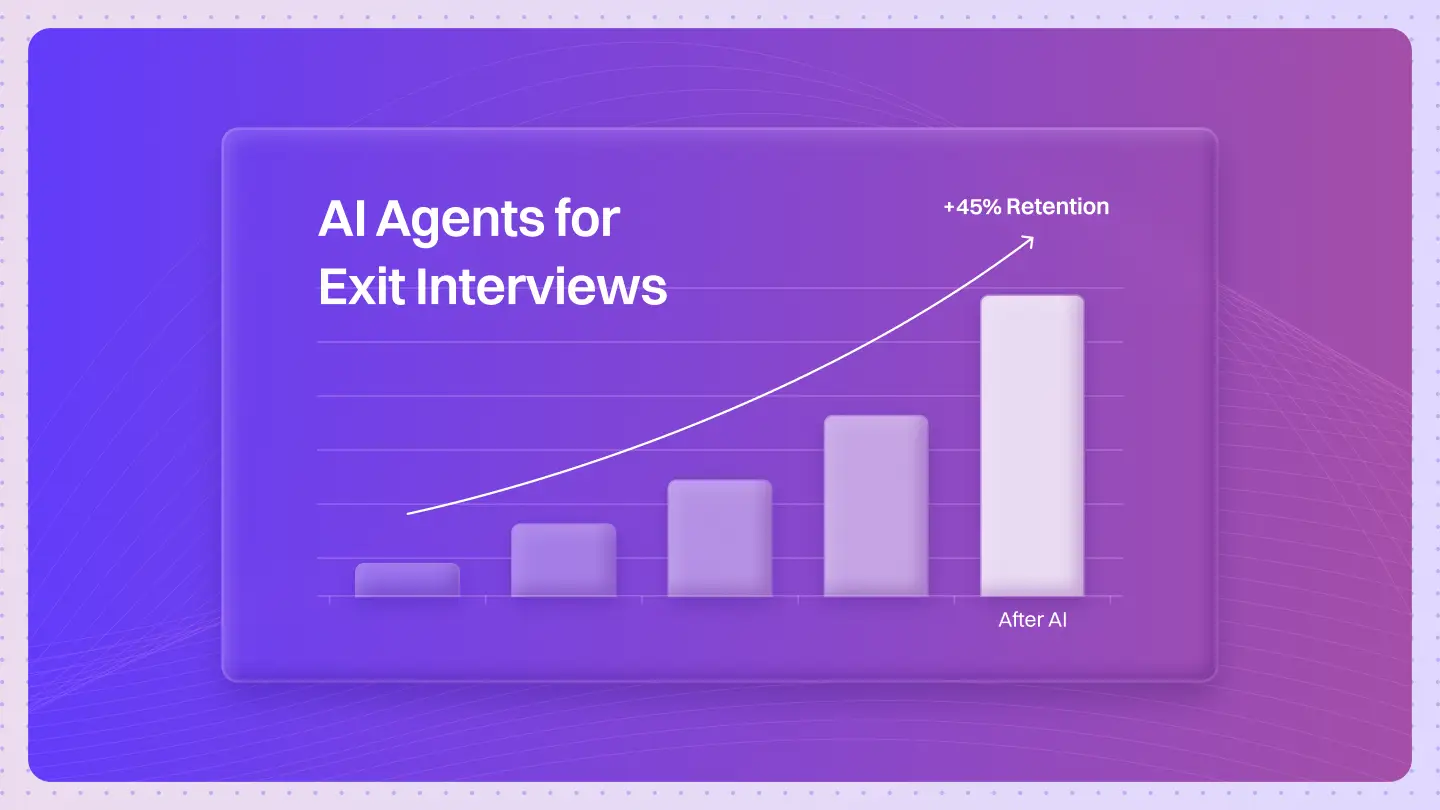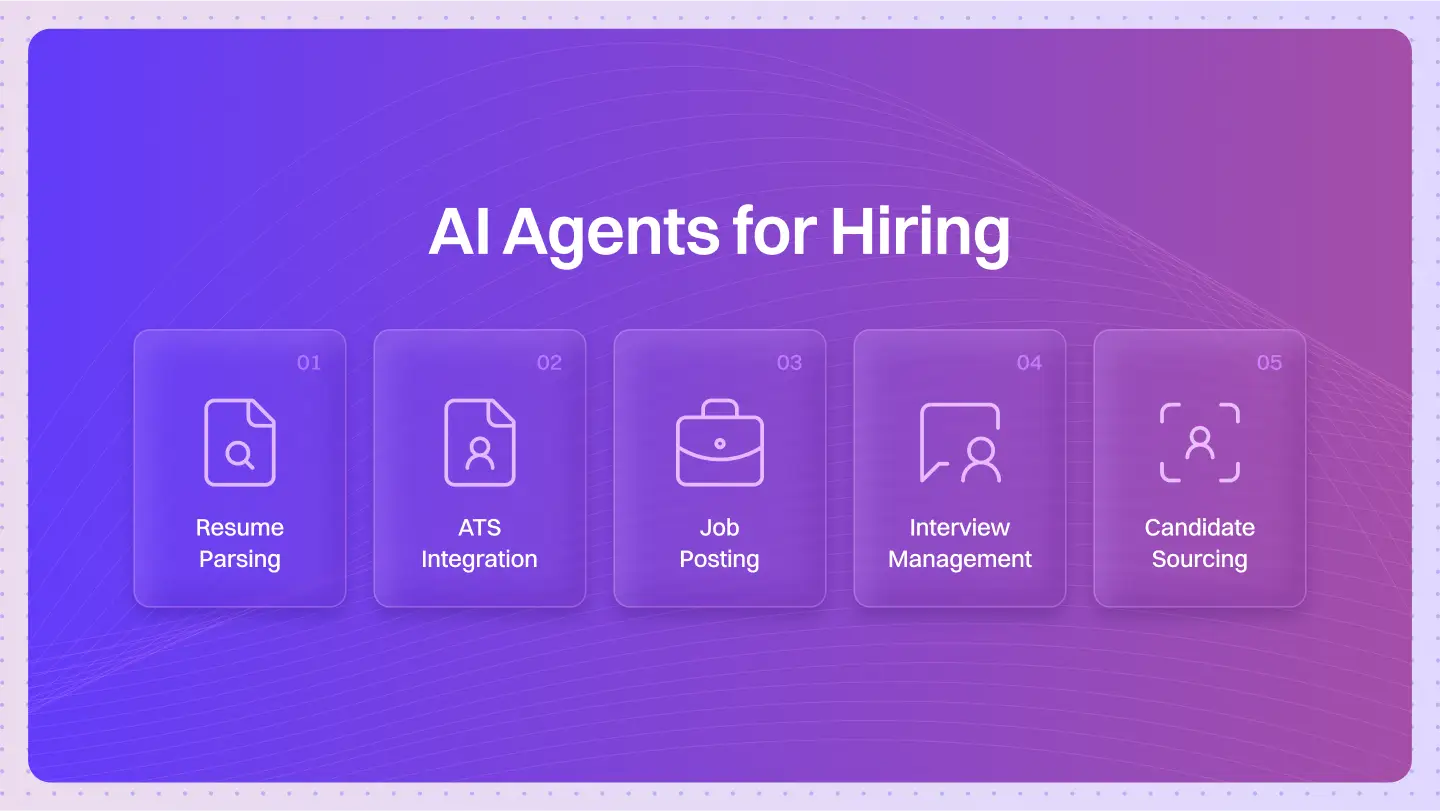What is Feature Scaling?
Feature scaling is the process of normalizing the range of independent variables or features of data. It improves model performance by ensuring that each feature contributes equally to the result, which is crucial for algorithms that rely on distance calculations.
How does Feature Scaling improve model performance?
Feature scaling is a crucial preprocessing step in machine learning that involves transforming the features of a dataset to a common scale. This is essential because many algorithms perform better when the input data is normalized or standardized. Feature scaling helps in improving model performance in the following ways:
- Prevents Dominance: It prevents features with larger ranges from dominating those with smaller ranges, ensuring a balanced contribution to the model.
- Enhances Convergence: Algorithms, especially gradient descent-based ones, converge faster when the features are on a similar scale.
- Improves Accuracy: Properly scaled features can lead to improved accuracy of models, particularly in distance-based algorithms like k-means clustering and k-nearest neighbors.
- Facilitates Interpretability: Scaling helps in making the coefficients of models more interpretable, especially in linear regression.
- Reduces Sensitivity: It reduces the sensitivity of models to outliers, as scaled features mitigate the effect of extreme values.
Key techniques for effective feature transformation include Min-Max Scaling, Standardization (Z-score normalization), and Robust Scaling. Each of these techniques serves different purposes and should be chosen based on the dataset and model requirements.
Common uses and applications of Feature Scaling?
Feature scaling is a crucial preprocessing step in machine learning that enhances model performance. It ensures that different features contribute equally to the distance computations and gradient updates. Here are some key applications:
- Improved Model Performance: Standardizing features can lead to faster convergence during training, enhancing the overall accuracy of models.
- Distance-Based Algorithms: Algorithms like K-Nearest Neighbors (KNN) and Support Vector Machines (SVM) rely heavily on distance calculations, making feature scaling essential.
- Gradient Descent Optimization: Feature scaling accelerates the gradient descent algorithm, leading to quicker training times.
- Principal Component Analysis (PCA): Scaling is vital for PCA as it transforms features into a new coordinate system, focusing on variance.
- Neural Networks: Proper scaling of inputs can prevent saturation of activation functions, improving learning efficiency.
Advantages and benefits of implementing Feature Scaling?
Feature scaling is crucial in machine learning and data science as it enhances model performance and ensures better convergence during optimization. Here are the key benefits:
- Improved Model Accuracy: Scaling features helps algorithms converge faster and achieve higher accuracy.
- Enhanced Gradient Descent Performance: Standardization leads to more effective gradient descent by minimizing oscillations and speeding up convergence.
- Prevention of Bias: Ensures that features contribute equally to the distance calculations, preventing bias towards higher magnitude features.
- Facilitates Better Interpretability: Scaled features make it easier to interpret model coefficients and understand their impact.
- Compatibility with Algorithms: Some algorithms, like k-NN and SVM, require features to be on similar scales for effective performance.
Implementing feature scaling techniques such as Min-Max normalization or Standardization can significantly improve your machine learning models.
Are there any drawbacks or limitations associated with Feature Scaling?
While Feature Scaling offers many benefits, it also has limitations such as:
- Increased computation time, especially for large datasets.
- Potential loss of interpretability of the original data.
- Not suitable for all algorithms; some can perform poorly with scaled data.
These challenges can impact the overall model performance and the ease of understanding the results.
Can you provide real-life examples of Feature Scaling in action?
For example, Feature Scaling is used by financial institutions to normalize transaction amounts and customer data before applying machine learning algorithms for fraud detection. This demonstrates how scaling helps improve model accuracy by ensuring that all features contribute equally to the result.
How does Feature Scaling compare to similar concepts or technologies?
Compared to normalization, Feature Scaling differs in its approach. While normalization adjusts data to fit within a specific range (0 to 1), Feature Scaling can include techniques like standardization (z-score normalization) that centers the data around the mean. Feature Scaling is more effective for models sensitive to the magnitude of data, such as k-nearest neighbors.
What are the expected future trends for Feature Scaling?
In the future, Feature Scaling is expected to evolve by integrating more automated methods for scaling data based on the specific needs of machine learning models. These changes could lead to enhanced adaptability and improved model performance across various applications.
What are the best practices for using Feature Scaling effectively?
To use Feature Scaling effectively, it is recommended to:
- Analyze the data distribution before scaling.
- Choose the appropriate scaling technique based on the algorithm used.
- Apply the same scaling parameters to both training and test datasets.
Following these guidelines ensures better model performance and consistency in results.
Are there detailed case studies demonstrating the successful implementation of Feature Scaling?
One case study highlights a retail company that improved its sales forecasting model using Feature Scaling. By standardizing sales data and customer demographics, the model achieved a 20% increase in prediction accuracy. This showcases the tangible benefits of implementing Feature Scaling in real-world applications.
What related terms are important to understand along with Feature Scaling?
Related Terms: Related terms include Normalization and Standardization, which are crucial for understanding Feature Scaling because they represent the fundamental techniques used to modify the scale of data features, ultimately impacting the performance of machine learning models.
What are the step-by-step instructions for implementing Feature Scaling?
To implement Feature Scaling, follow these steps:
- Analyze your dataset and identify features that require scaling.
- Select the appropriate scaling technique (normalization or standardization).
- Apply the chosen scaling method to the training dataset.
- Use the same scaling parameters (mean, min, max) to scale the test dataset.
- Evaluate the model performance post-scaling.
These steps ensure a consistent approach to scaling, leading to improved model outcomes.
Frequently Asked Questions
Q: What is feature scaling?
A: Feature scaling is the process of normalizing or standardizing the range of independent variables in a dataset.
1: It helps to bring different features to a similar scale,
2: This is crucial for many machine learning algorithms that are sensitive to the scale of data.
Q: Why is feature scaling important in machine learning?
A: Feature scaling is important because it can significantly affect model performance.
1: Algorithms may converge faster,
2: It helps prevent features with larger ranges from dominating the learning process.
Q: What are the common methods of feature scaling?
A: Common methods include Min-Max scaling and Z-score standardization.
1: Min-Max scaling rescales features to a fixed range, typically [0, 1],
2: Z-score standardization centers the data around the mean with a unit standard deviation.
Q: When should I use Min-Max scaling?
A: Min-Max scaling should be used when you want to preserve the relationships between the original data points.
1: It’s useful for algorithms that assume uniform distribution,
2: It can also be beneficial for neural networks and gradient descent optimization.
Q: When is Z-score standardization more appropriate?
A: Z-score standardization is more appropriate when the data follows a Gaussian distribution.
1: It is useful for algorithms that assume normality,
2: It helps to handle outliers more effectively than Min-Max scaling.
Q: Can feature scaling impact the interpretability of the model?
A: Yes, feature scaling can impact interpretability.
1: Scaled features may be harder to interpret in their transformed state,
2: However, understanding the model’s behavior can still be achieved through careful analysis and visualization.
Q: Does feature scaling need to be applied to all features?
A: Not all features need scaling.
1: Categorical features typically do not require scaling,
2: Only numerical features that are used in the modeling process should be considered for scaling.






